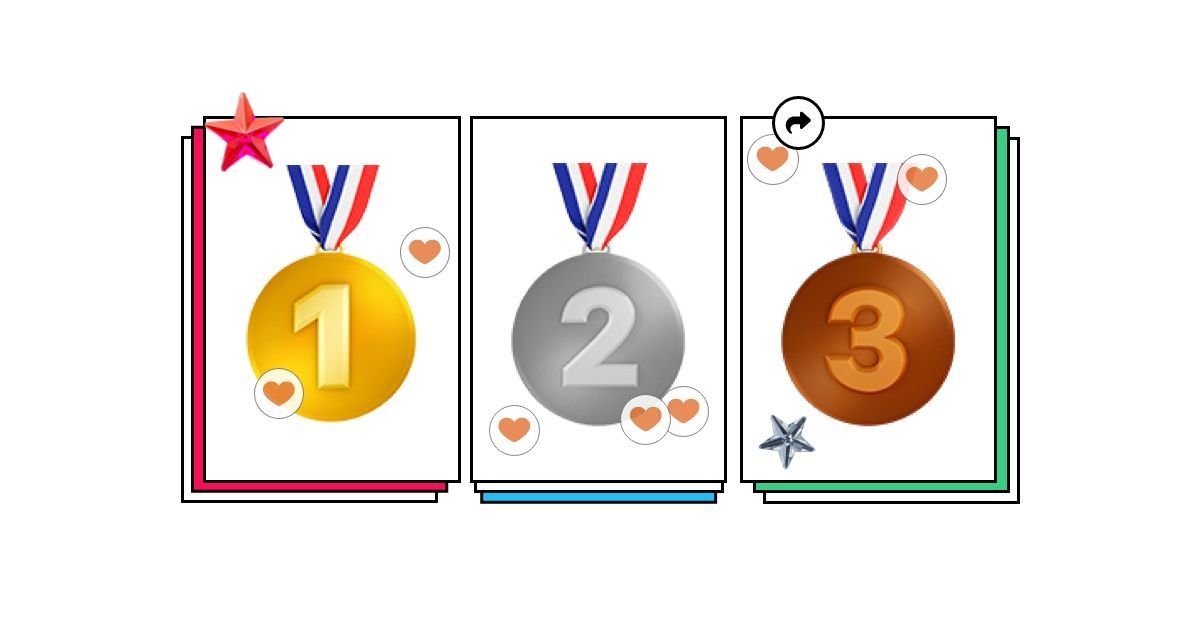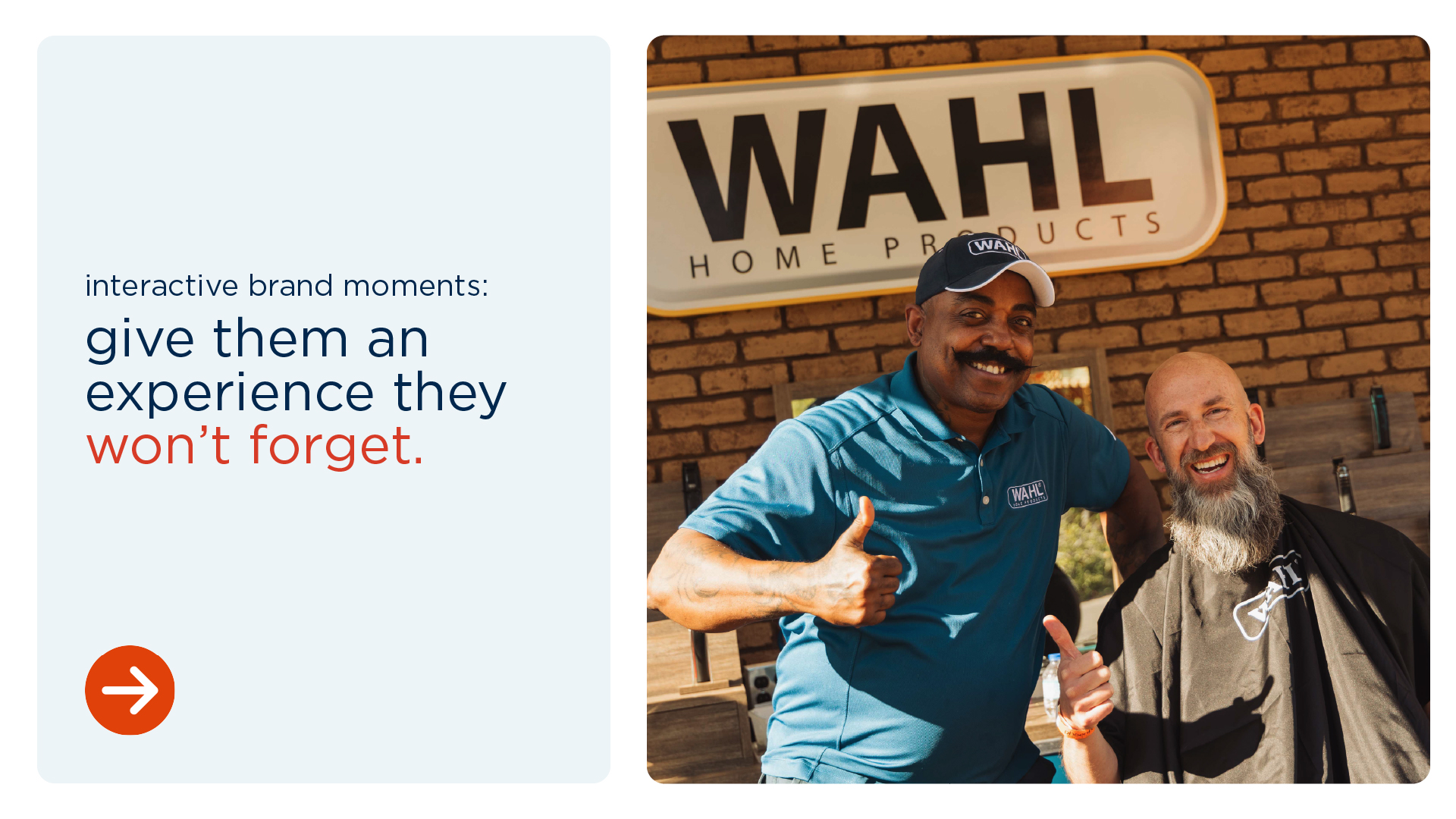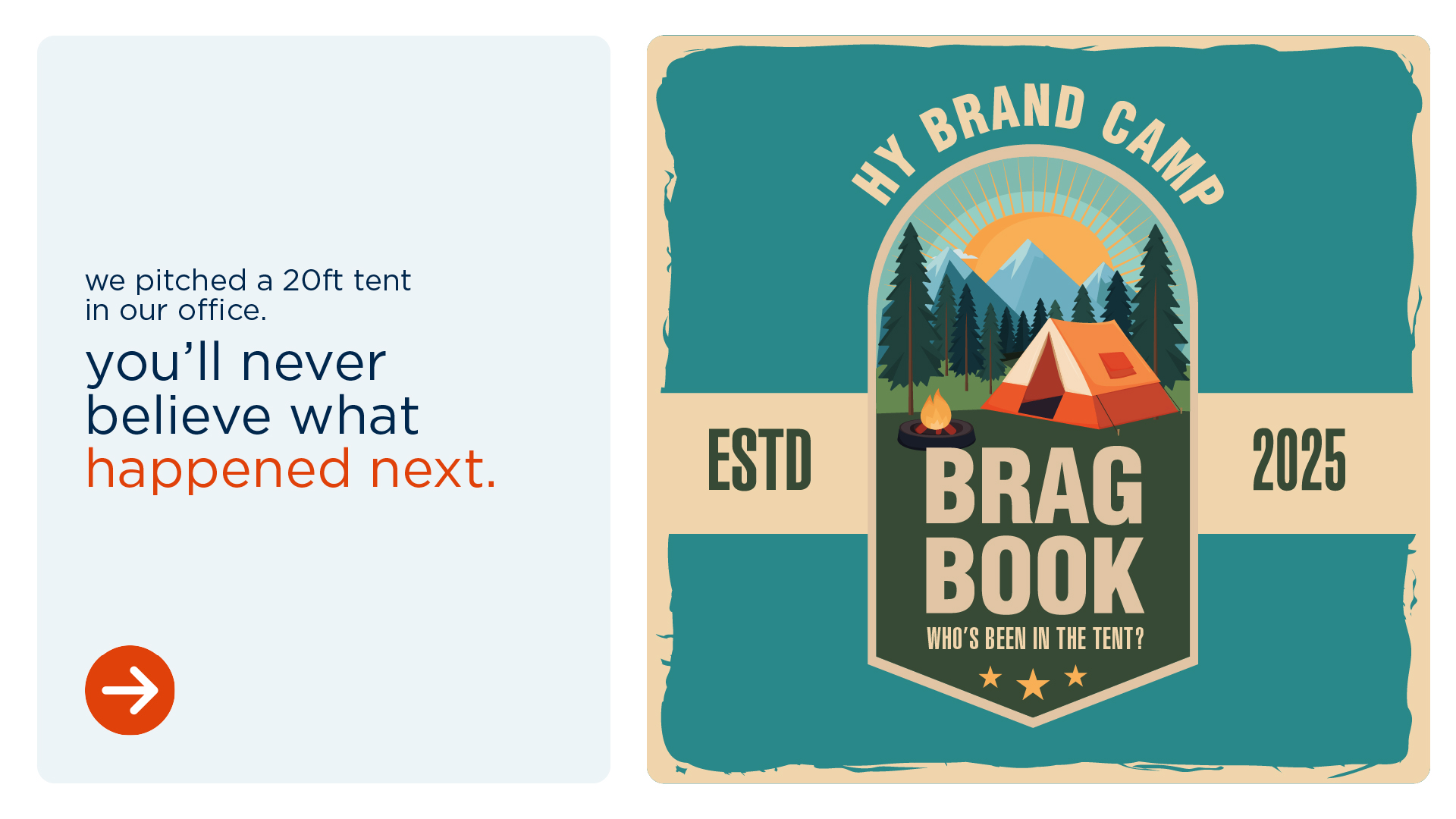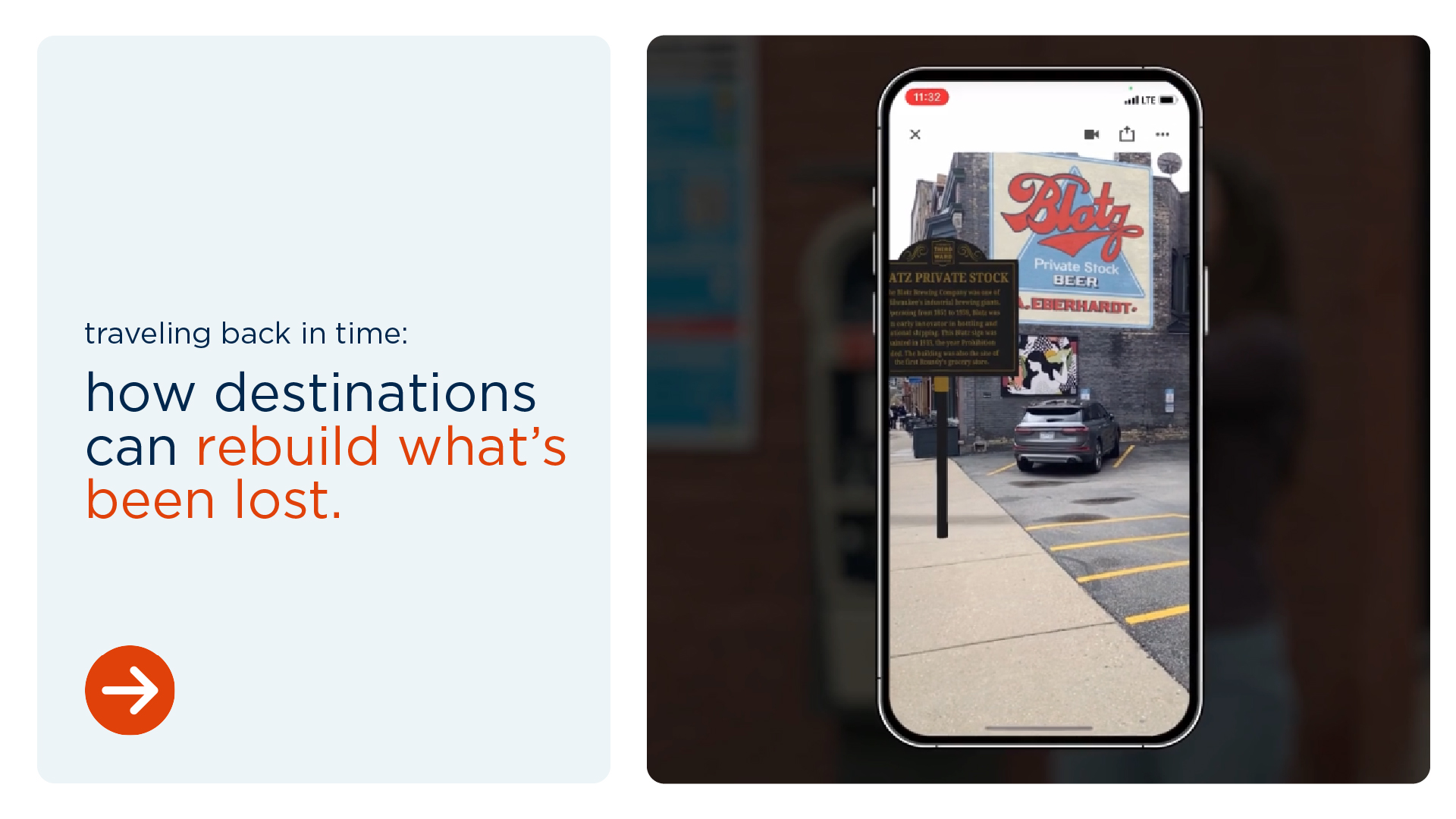3 Things the Olympics Taught Us on How to Engage a Younger Audience
August 14, 2024
Like so many great Olympic stories, ours begins with an underdog: live TV viewing.
Coming off historically low ratings for the 2022 Winter Olympics (Source) and dismal primetime viewing for the 2021 Olympics (Source), expectations were not great. The decline of watching TV the traditional way has been in motion for over a decade. Reports going into the Olympics predicted record-low viewership across audiences (Source).

But despite all the doom and gloom heading into the Olympics, the upset happened. Ratings soared with live viewership and primetime viewing rebounding beyond expectations (Source).
While there are a lot of reasons, including drama-filled competition and top-notch commentary, a key factor in the unexpected success was the younger generation, specifically Gen Z.
Going into the Olympics, Gen Z did not show enthusiasm about the Olympics. They are the generation least likely to watch live sports or appointment programming of any kind. Before the Games began, they indicated the least interest in watching the Olympics (Source: MRI Simmons).

And while we will have to wait for the final numbers to roll in, it’s safe to say that the younger generations had more interest than expected during the Paris Olympics. Here are three things this Olympics did well that brands looking to attract younger generations should consider adding to their marketing efforts:
1. Personalize the experience
Younger viewers demand the ability to pick and choose the content they consume. And NBC delivered exactly that by creating a customized streaming experience. Prioritizing the content over the medium, NBC made it easier than ever to watch exactly what you wanted when you wanted. They utilized the full power of their streaming service, Peacock, to boost total viewership across platforms. For the first time ever, every event and sport of the Paris Olympics was streamed. Streaming minutes through the first weekend of the 2024 Olympics surpassed the entire 2021 Olympics (Source).
But it wasn’t just the ability to watch it on any device that helped. They created Gold Zone to appeal to those who never wanted to miss a big moment. Through streaming partners such as YouTubeTV, they allowed for customized Multiview that let viewers select up to four streams to watch at once. We know that Gen Z expects a personalized experience, and NBC delivered.
What can brands take away from this? Make sure the content you deliver is tailored to the interests of these younger audiences. And don’t just force it on them. Allow them to pick what they like. They want choices, so let them choose.
2. Make it inherently social
Social media was massive for the younger generation’s Olympic experience. Early viewership numbers suggest that Gen Z showed up to watch the Olympics and social media is the main reason why. While TV is central to the Olympic viewing experience, younger audiences like those within Gen Z look to other devices and platforms for their primary source of information and communication. Because of content strategy, NBC, the IOC and their brand partners successfully executed and younger audiences were able to be fully immersed in the Olympics.
For the 2024 Olympics, it was not about focusing on a singular platform, but speaking directly to fans with an instantaneous and engaging message. Come see what’s happening right now. Leaning into Gen Z’s FOMO (fear of missing out) meant posting content across platforms as quickly as possible to leverage the real-time excitement. Whether it was a Turkish pistol shooter becoming a go-to meme or athletes sharing their housing and dining hall experiences, social media was on fire from Opening to Closing with record-breaking levels of Olympic digital engagement.
While most brands don’t have Olympics-sized content or budgets, every brand has access to influencers who can help fuel and engage the masses about the content they’re creating or experiences they’re delivering. Seeding your campaign or content on social through the right channels can be a highly effective way to maximize the investment.
3. Provide authentic access
Gen Z not only watched the Olympics but participated in them. One study reported that 72% of Olympic athletes were between the ages of 20 and 30. These athletes grew up consuming social media on a regular basis and most have been using the platforms to provide a look into their training and daily lives before the Olympics began. This has allowed younger audiences to establish a connection to them that only grew once the spotlight was brighter during the Olympics.
Gen Z especially felt connected to the Olympics because they felt connected to the people competing. They had lots of fellow Gen Zers to support, like Hezly Rivera (gymnastics) and Quincy Wilson (track), who both competed for their country before returning home to start their next year of high school. They were also able to follow experiences in the Olympic Village like never before. Ilona Maher went from 628,000 Instagram followers to 4 million in just 2 weeks because of her honest (and hilarious) takes on life in the Olympic village that resonated with all ages. This level of access defines authenticity – direct, unfettered access to unscripted experiences – and it paid off. Who knew a Norwegian swimmer’s chocolate muffin obsession would be the recipe for a viral Olympics moment?
Marketers can learn from this level of access by offering things like one-on-one experiences, exclusive content, crowd-sourcing new products and so much more. The younger audiences are more likely to engage if you would just invite them in.
Conclusion:
There will be a lot of conversation about NBC’s coverage of this Olympics. Discussions will take place about all the things that went the network’s way. And with as many variables as the Olympics offers, there will be a lot of (right) answers. But often, the simpler answers are the right answers, whether you’re the network covering the world’s largest sporting event of the year, or just a brand trying to connect with new audiences.




